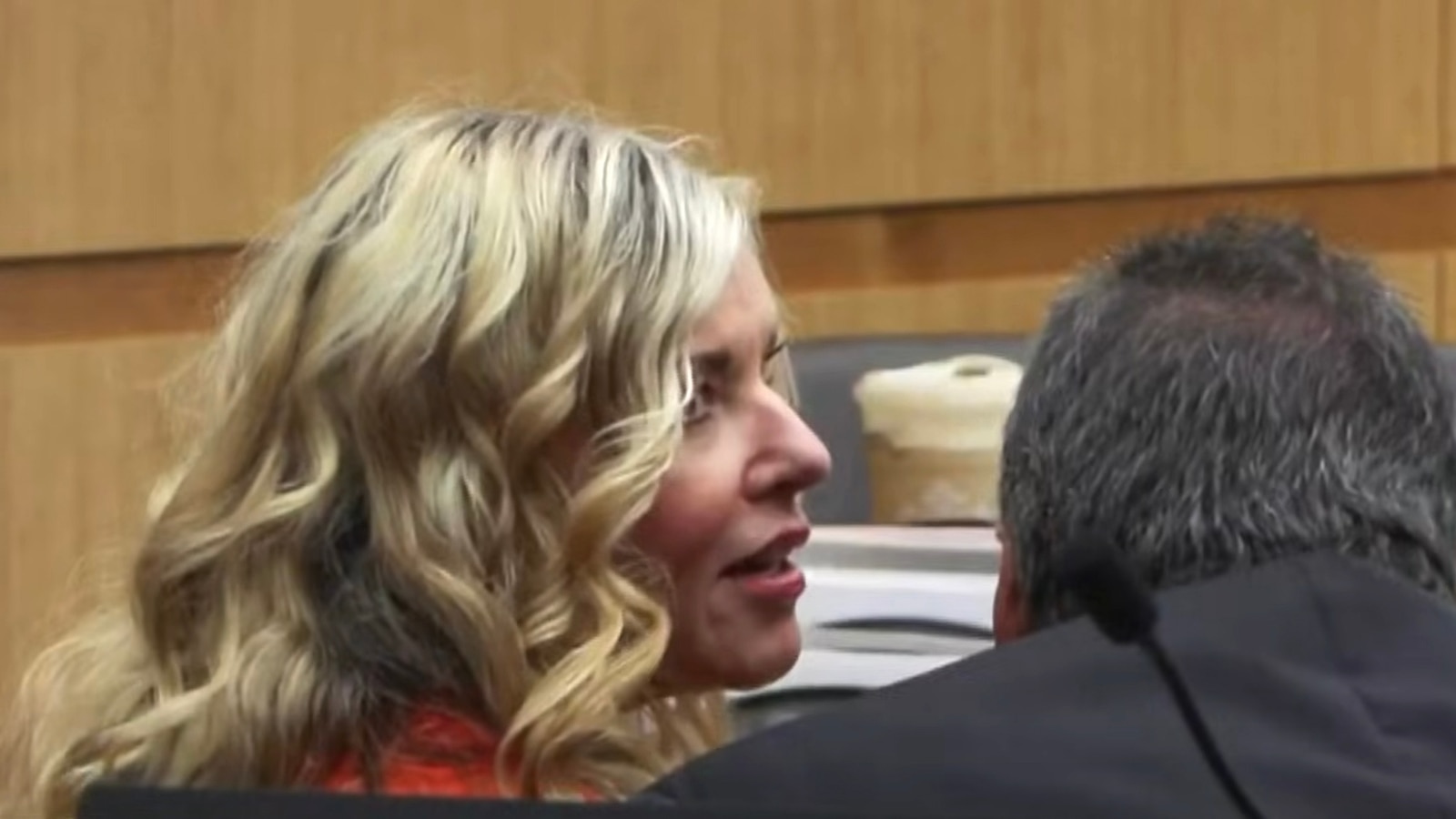What Happened
Protests erupted in Los Angeles in early June 2025, primarily in response to federal Immigration and Customs Enforcement (ICE) raids targeting undocumented immigrants. The demonstrations began on June 7 and quickly escalated, prompting local authorities to impose a curfew in parts of downtown Los Angeles. The situation intensified with the deployment of National Guard troops and Marines to the area, as President Donald Trump expressed a willingness to take strong action against what he termed “insurrectionist” behavior among protesters.
The protests have not only been confined to Los Angeles but have spread to other major cities across the United States, including New York, Chicago, and Austin. These demonstrations have been characterized by both peaceful gatherings and instances of violence, leading to significant arrests and confrontations between law enforcement and protesters.
Key Details
- Protests Timeline: The protests began on June 7, 2025, in response to ICE raids that reportedly targeted immigrant communities in Los Angeles.
- Curfew Implementation: A curfew was enacted in downtown Los Angeles from 8 p.m. to 6 a.m. PT, affecting approximately 100,000 residents in a one-square-mile area.
- Arrests: As of June 11, the Los Angeles Police Department reported nearly 200 arrests prior to the curfew, with total arrests exceeding 378 over several days of protests.
- Military Deployment: Approximately 700 Marines and members of the California National Guard were deployed to Los Angeles to assist in maintaining order, a move that has drawn significant political scrutiny.
- Federal Response: Attorney General Pam Bondi indicated that the Trump administration was prepared to expand its legal authority to deploy military forces if necessary, citing the Insurrection Act as a potential measure.
Multiple Perspectives
The situation has elicited a range of responses from various stakeholders:
-
Support for Military Deployment: Some officials within the Trump administration argue that the deployment of military forces is necessary to restore order and protect federal personnel. They contend that the protests represent a significant threat to public safety and that strong measures are justified.
-
Opposition from Local Officials: California Governor Gavin Newsom and other local leaders have expressed strong opposition to the federal deployment, arguing that it undermines state authority and escalates tensions unnecessarily. Newsom has criticized the federal government’s actions as a form of overreach, warning that they could exacerbate the unrest.
-
Public Sentiment: Many community members have voiced their fears regarding ICE raids and the militarization of their neighborhoods. Local assembly member José Luis Solache stated that the community is “living in fear” and called for a more measured response rather than a militarized approach.
-
Concerns from Military Experts: Some military analysts and retired officers have raised alarms about the implications of deploying active-duty forces in domestic situations. They argue that such actions could damage the military’s relationship with civilians and set a dangerous precedent for future engagements.
Context & Background
The protests in Los Angeles are part of a broader national conversation about immigration policy and law enforcement practices under the Trump administration. The administration’s aggressive stance on immigration enforcement has faced backlash from various communities, particularly those with significant immigrant populations. The use of military forces in domestic law enforcement roles is a contentious issue, historically viewed with caution due to its potential to infringe on civil liberties and escalate conflicts.
The deployment of troops coincides with a military parade planned for June 14, 2025, in Washington, D.C., which has raised concerns about the optics of military involvement in domestic protests. Critics argue that this juxtaposition could be perceived as a celebration of force against American citizens, further polarizing public opinion.
What We Don’t Know Yet
Several uncertainties remain regarding the ongoing situation:
-
Future Protests: It is unclear how the protests will evolve in the coming days, particularly with additional demonstrations planned across the country. The potential for further violence or unrest remains a concern for law enforcement and community leaders.
-
Legal Implications: The legal ramifications of deploying military forces in response to civil unrest are still being debated. Questions about the invocation of the Insurrection Act and its applicability in this context remain unresolved.
-
Public Reaction: The long-term impact of these events on public opinion regarding immigration policy and law enforcement practices is yet to be seen. As protests continue, the response from local communities and the federal government will likely shape future discourse on these issues.
In summary, the protests in Los Angeles reflect deep-seated tensions surrounding immigration enforcement and the role of military forces in domestic affairs. As the situation unfolds, it will be crucial to monitor developments and the responses from both local communities and federal authorities.


